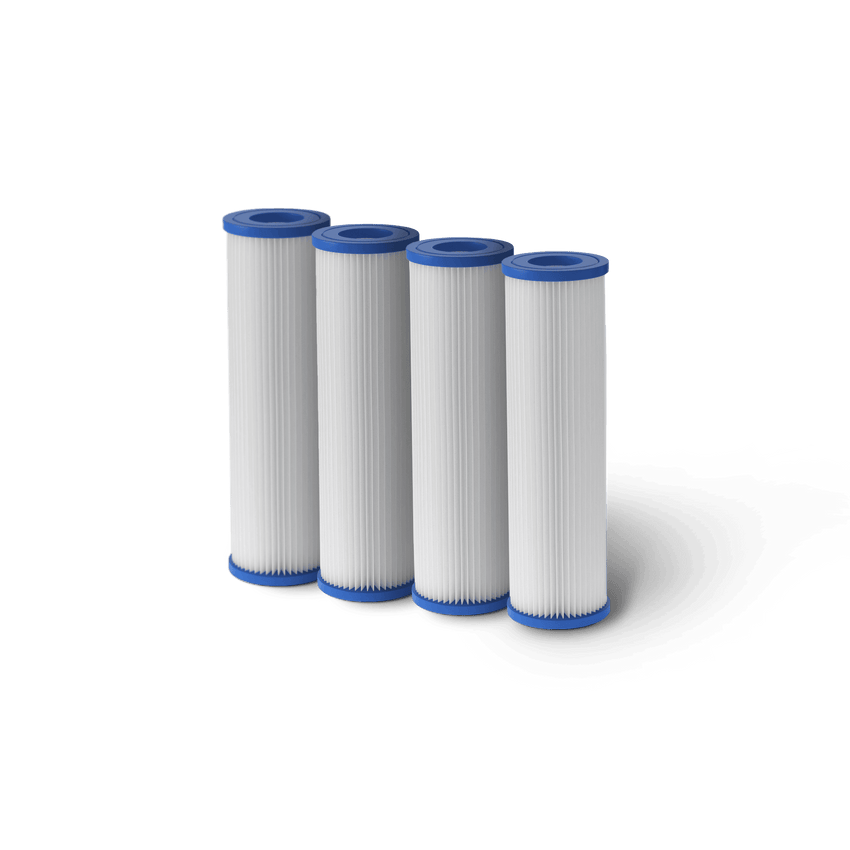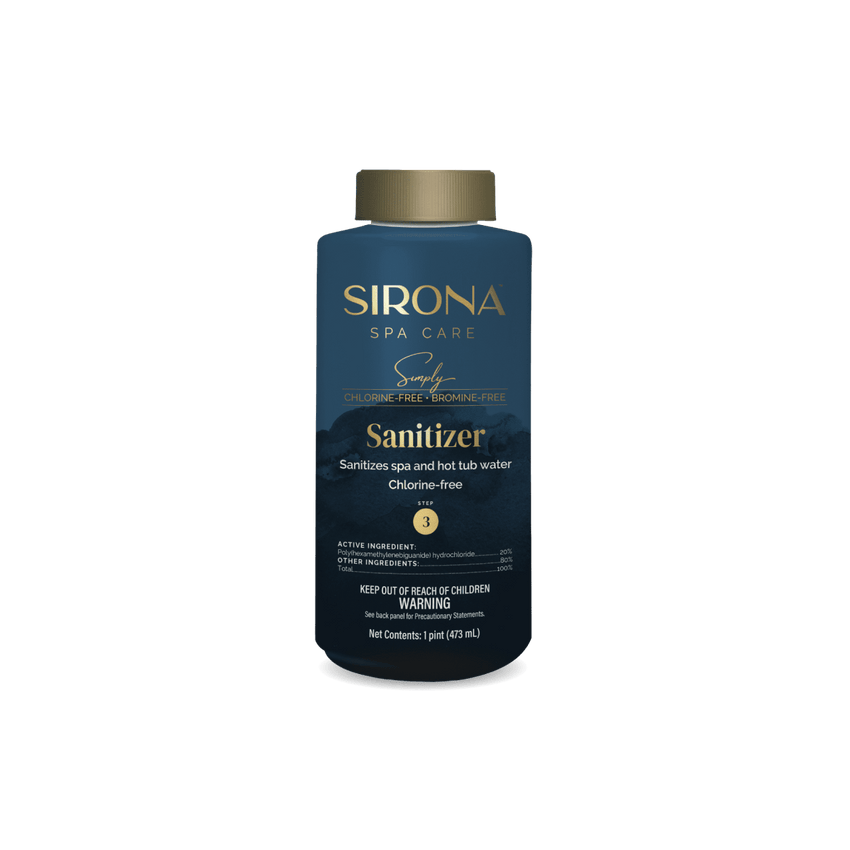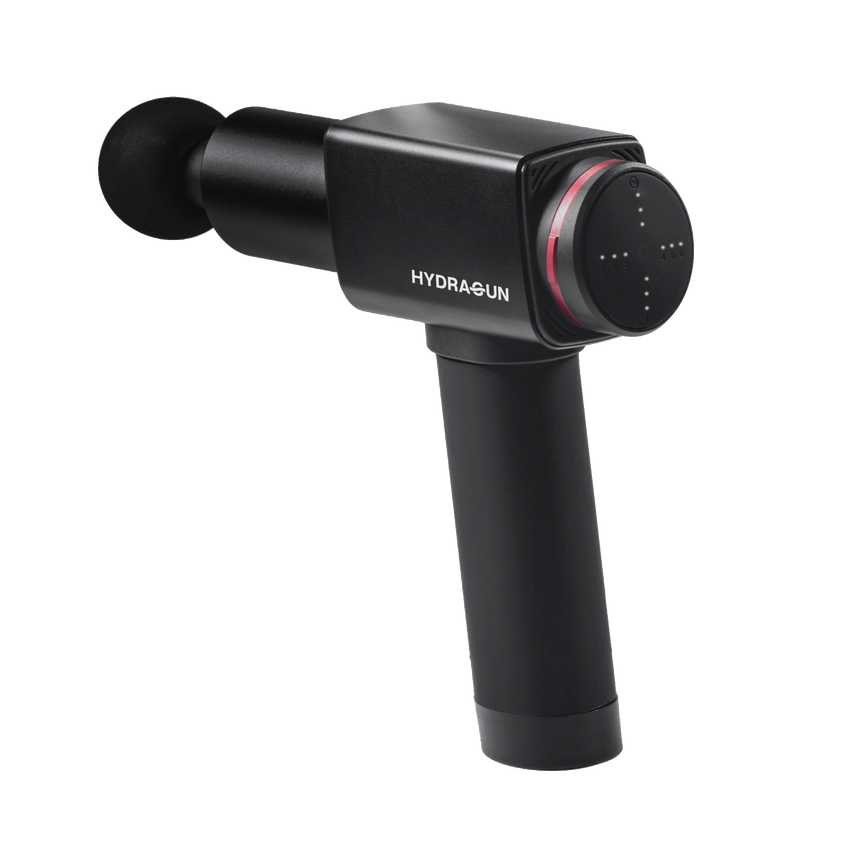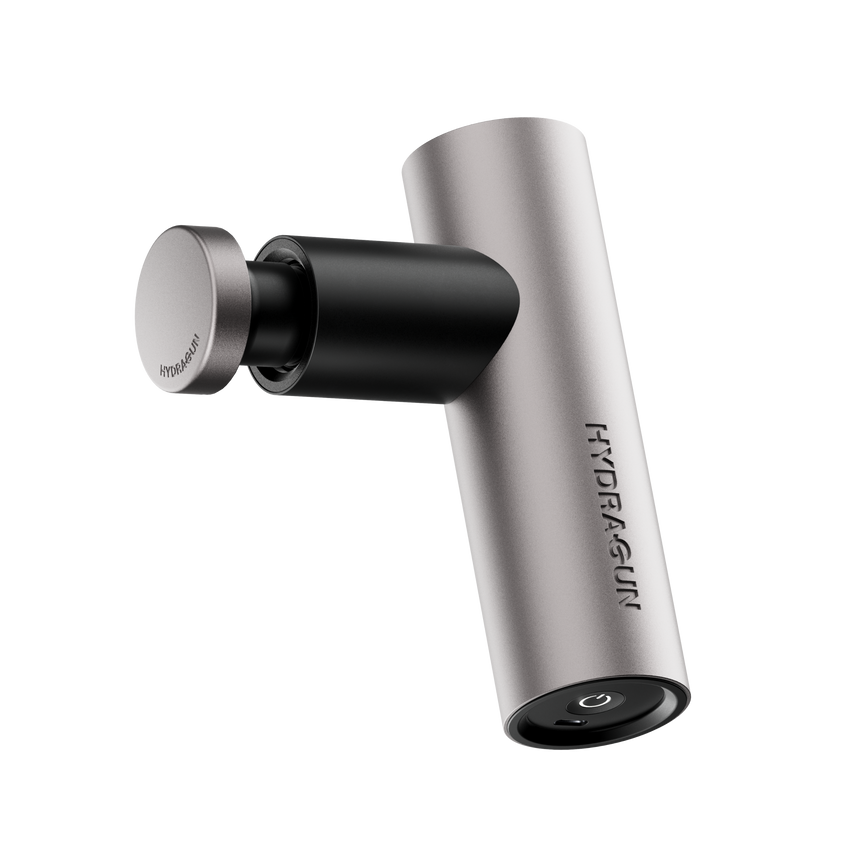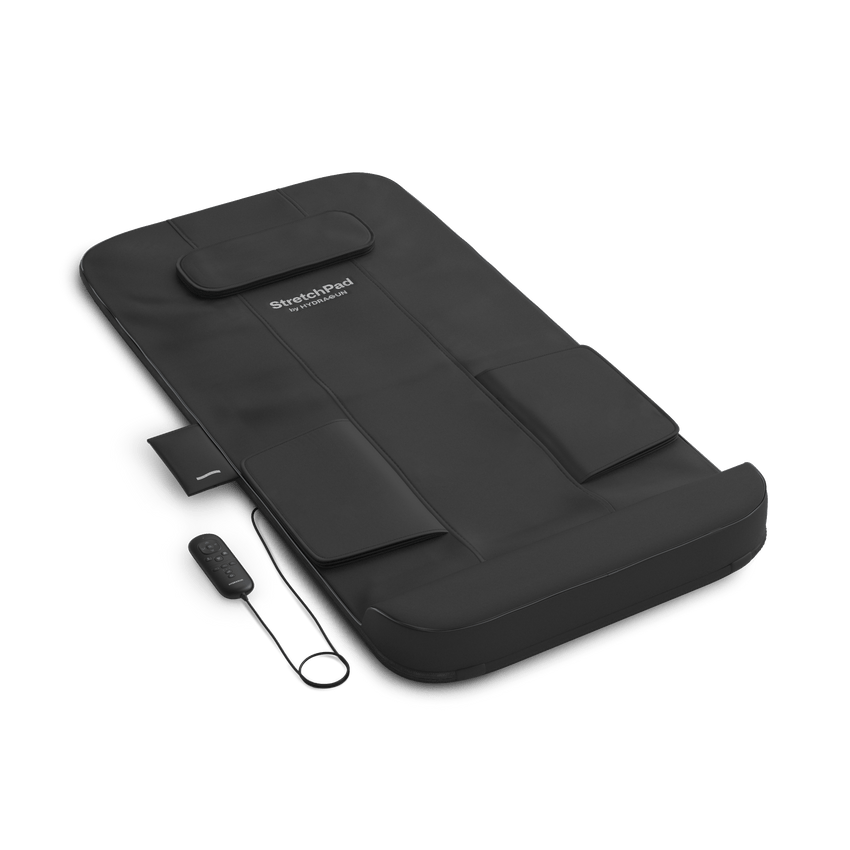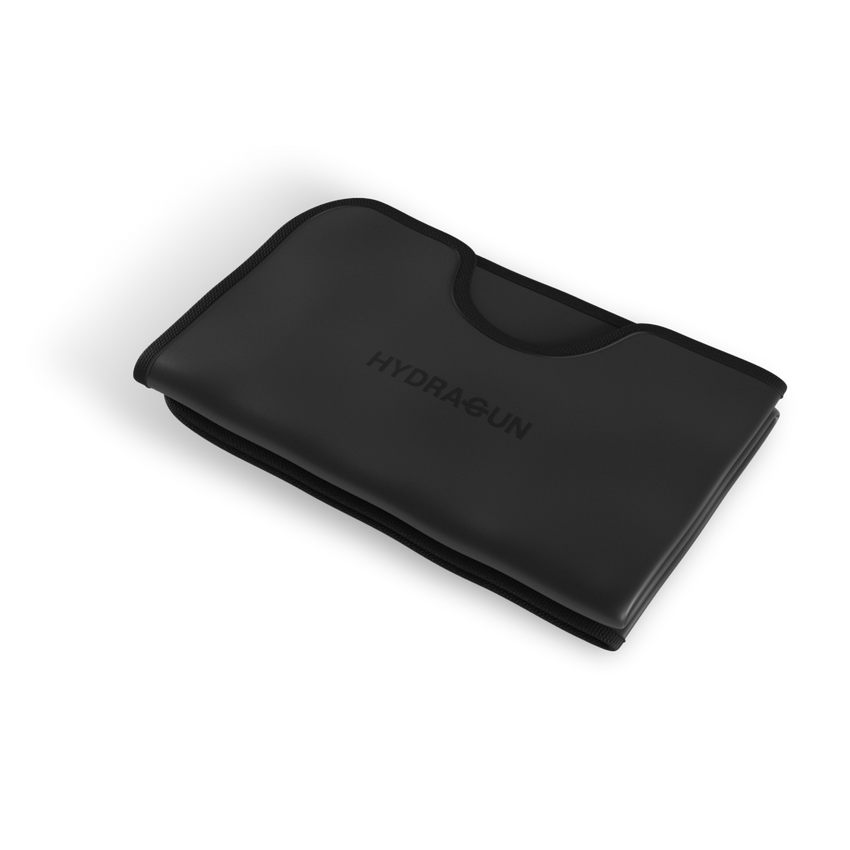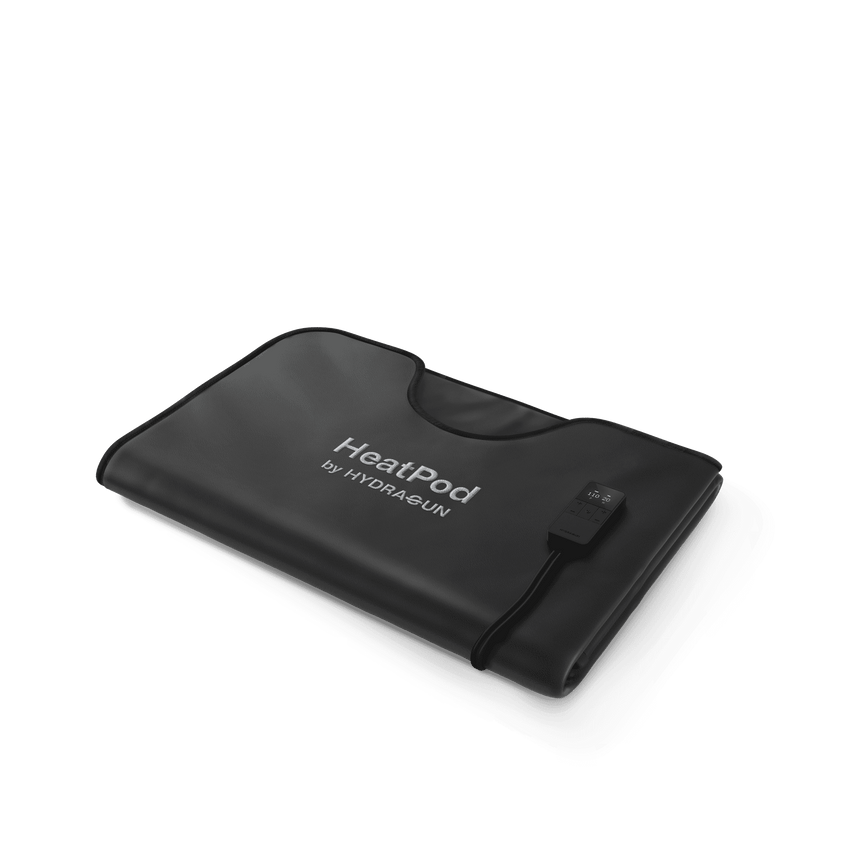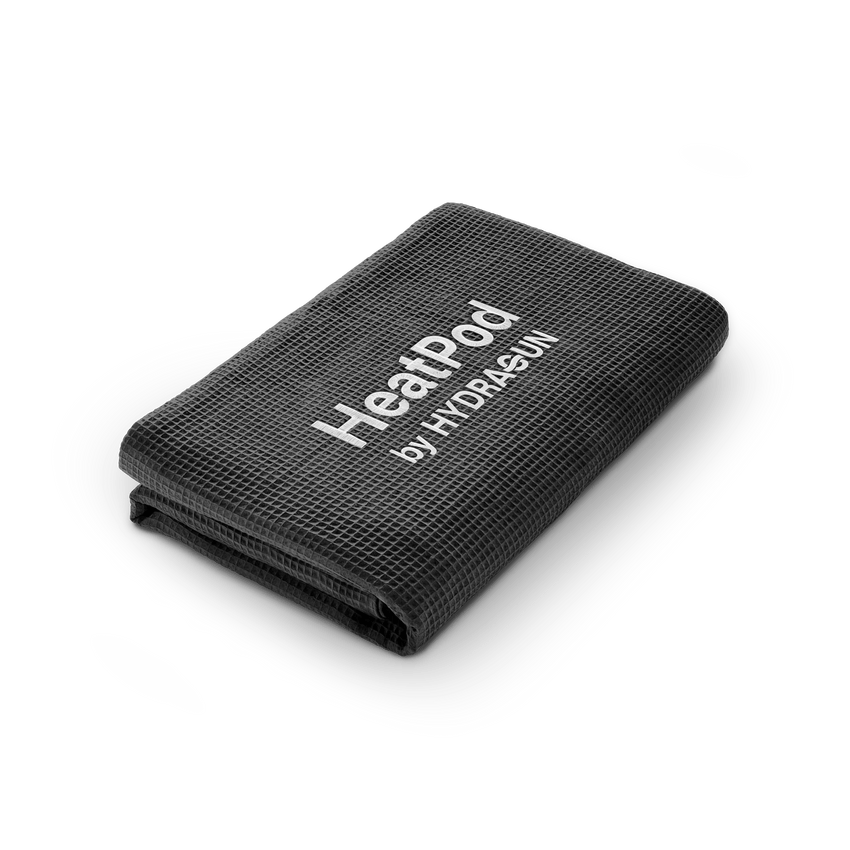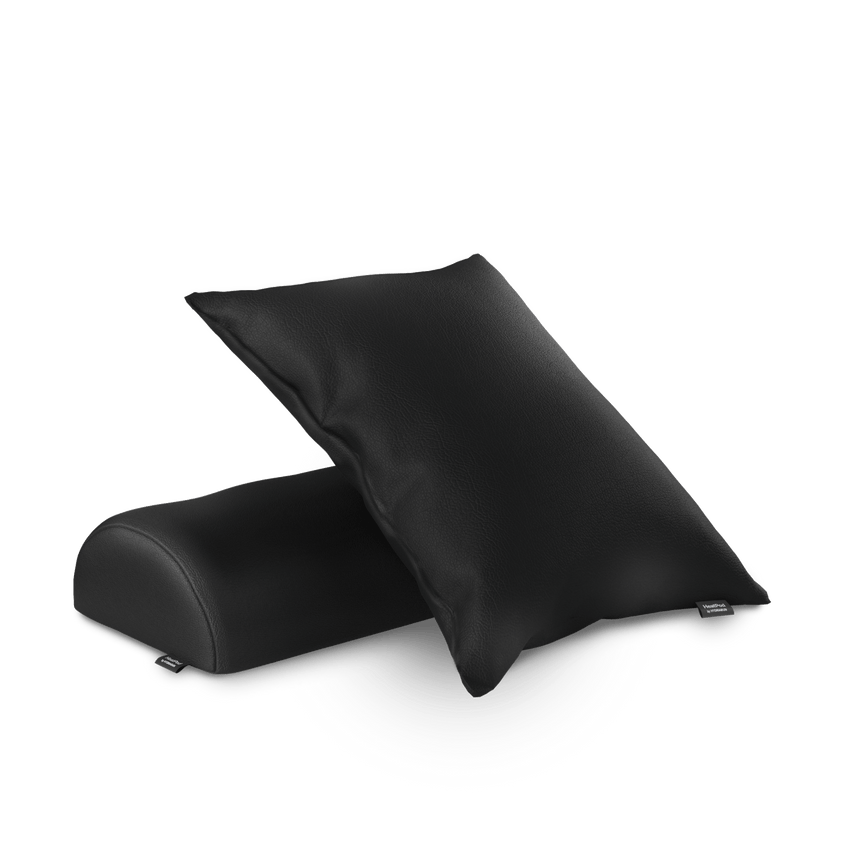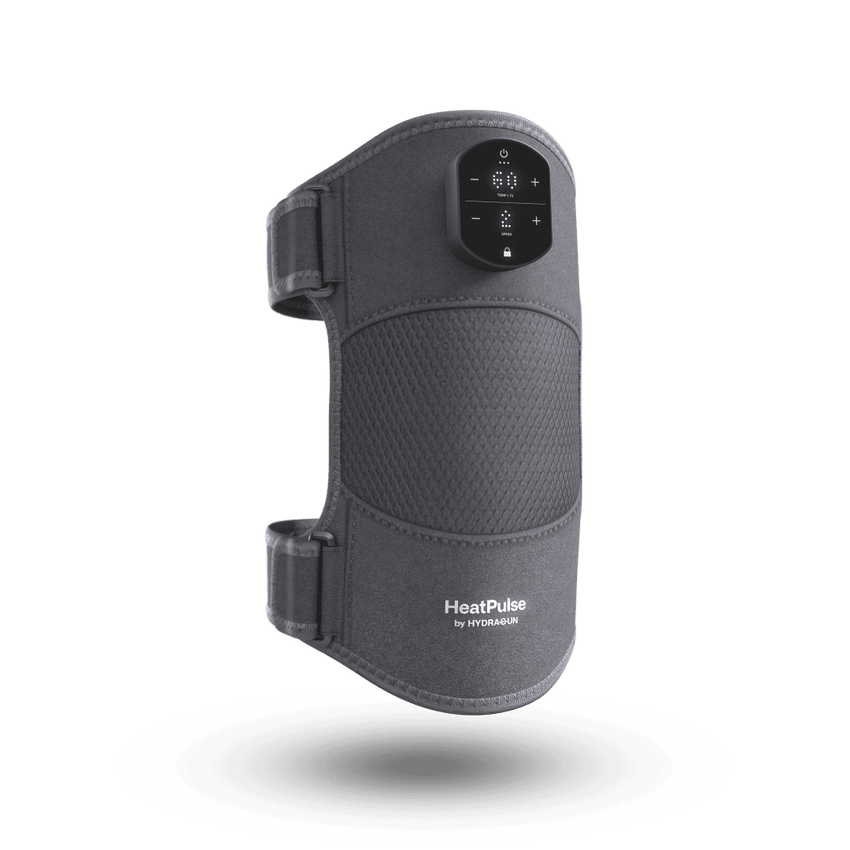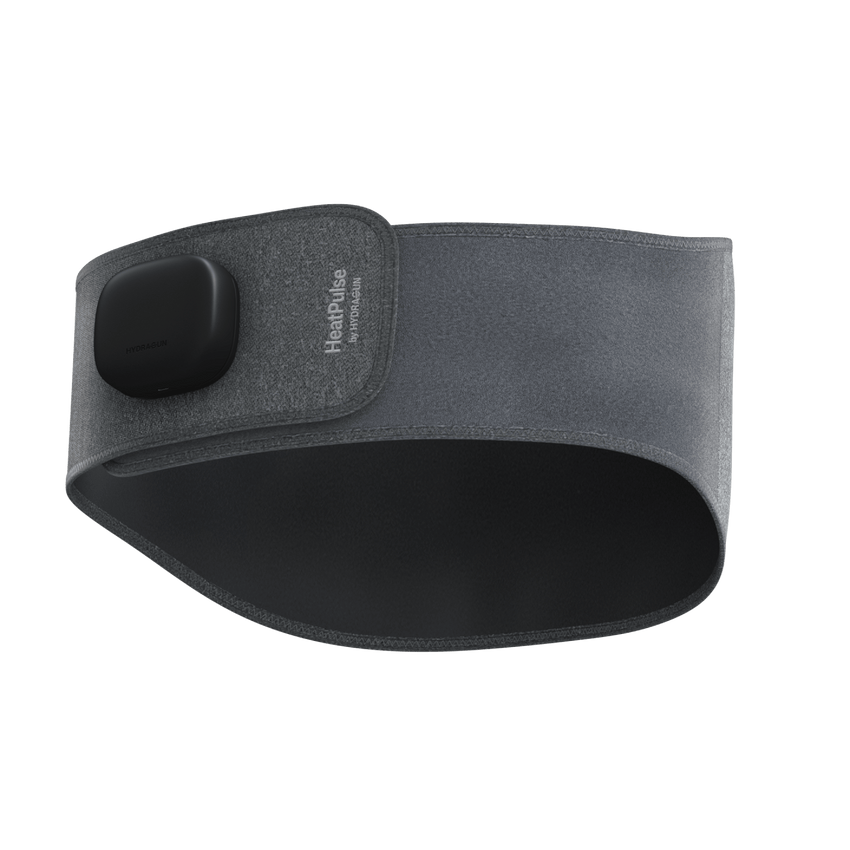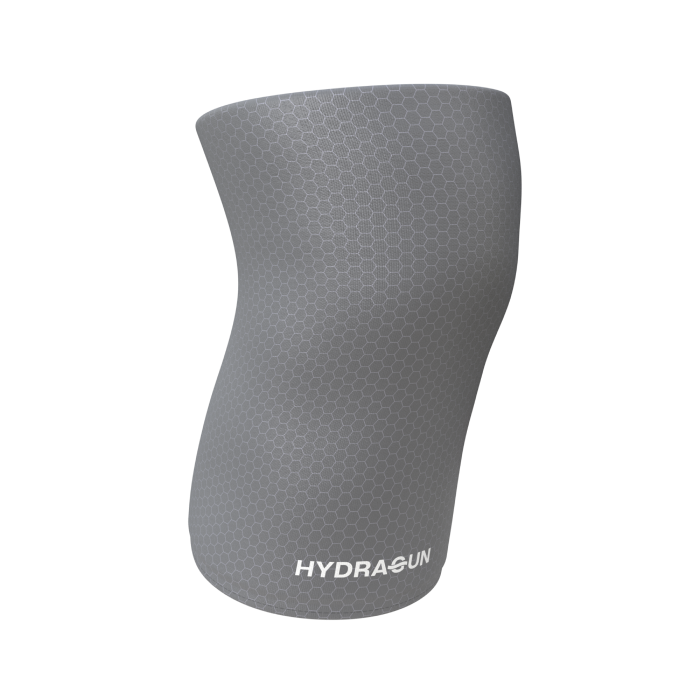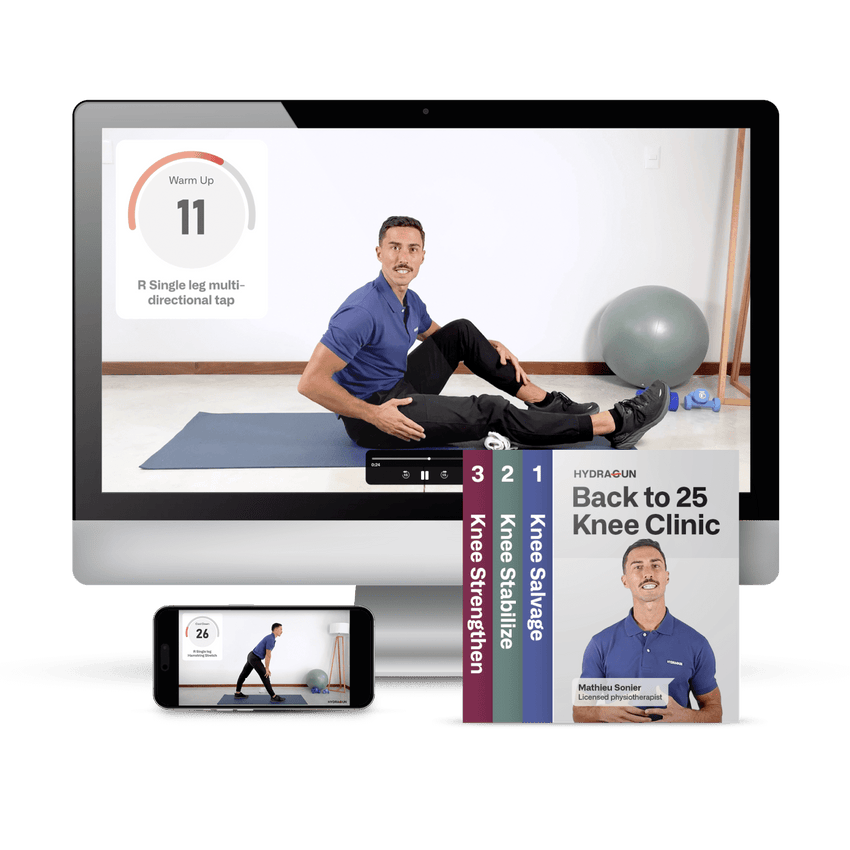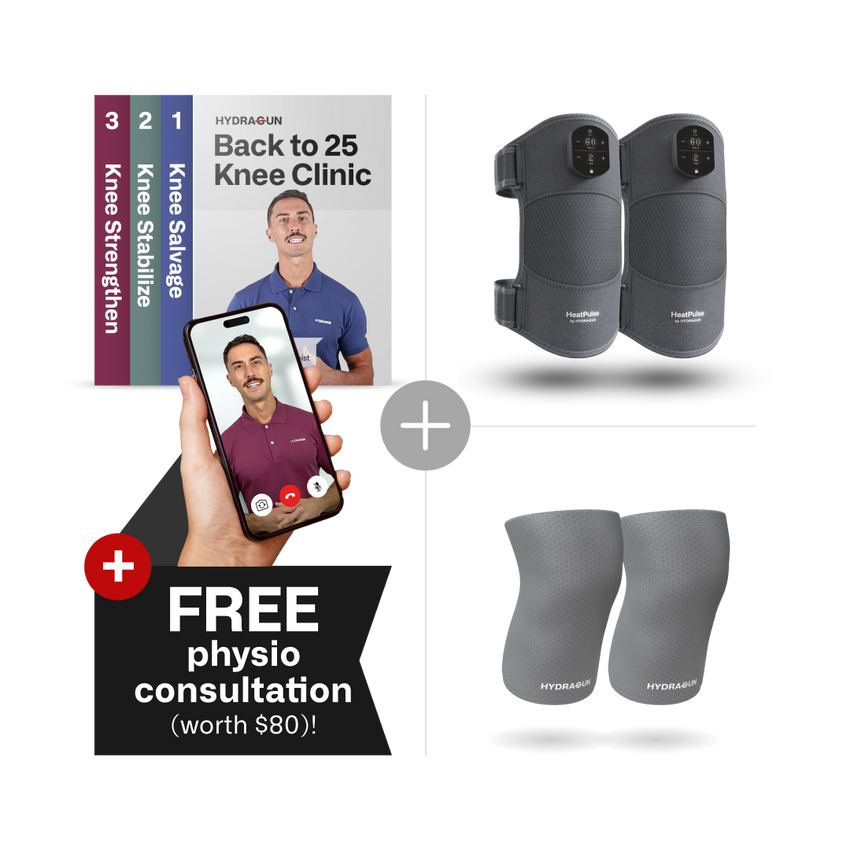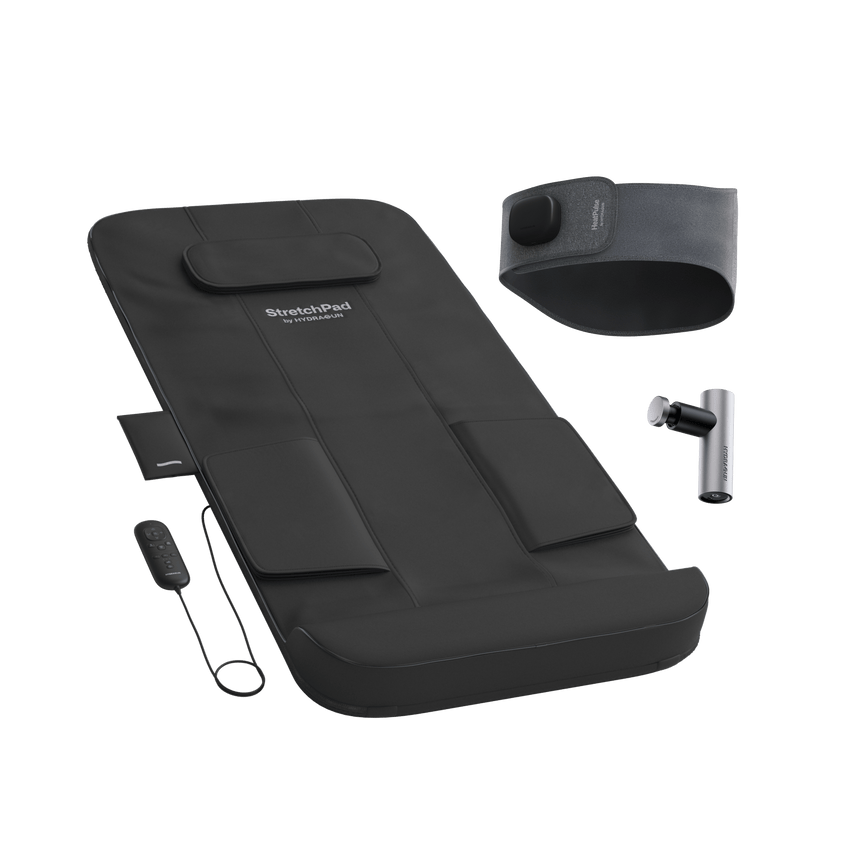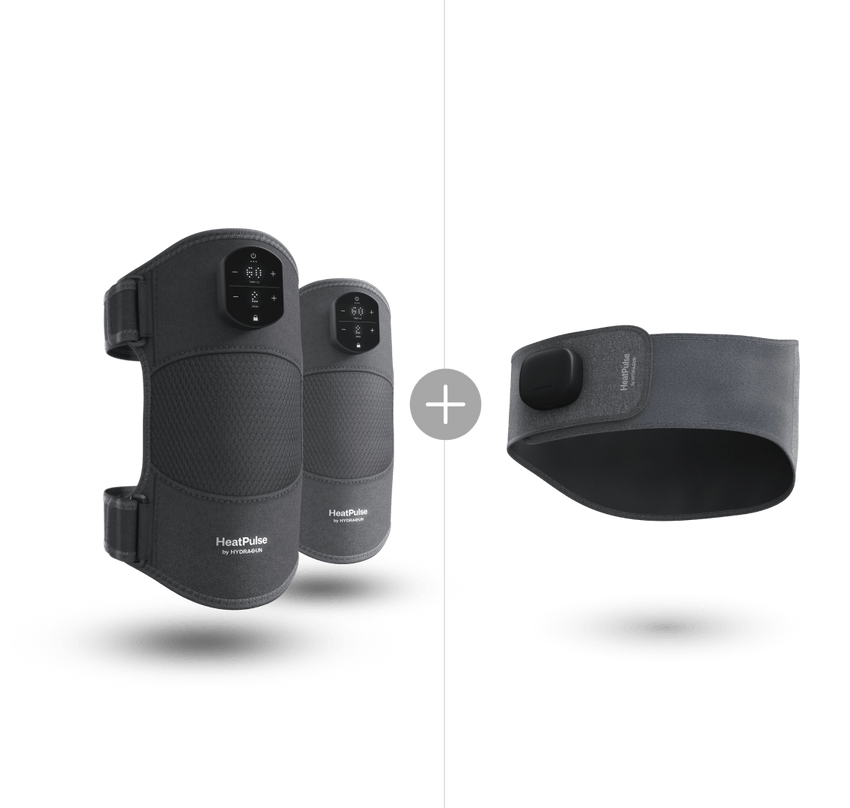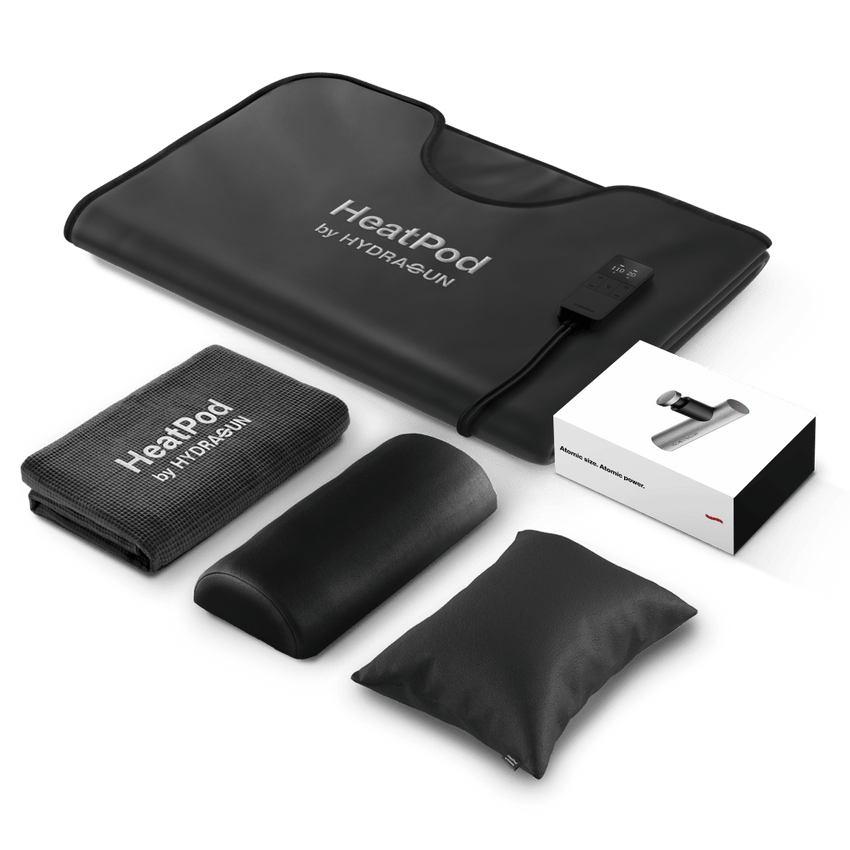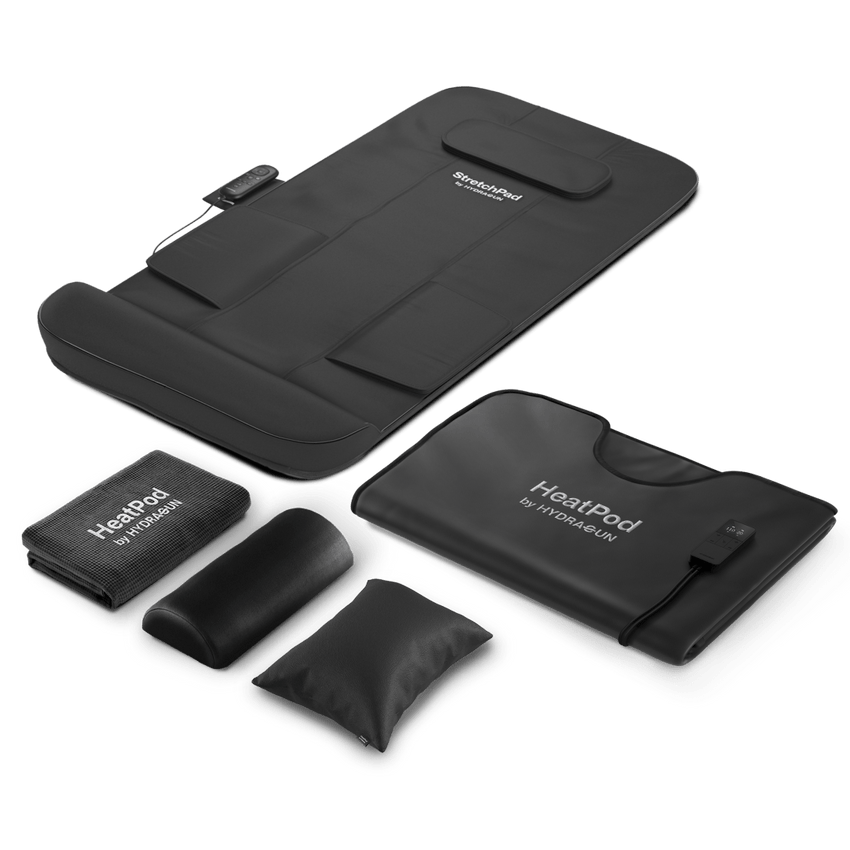Percussive therapy is one of the latest discoveries for sports recovery. It has been taking the sports world by storm over the last couple of years– with world-class athletes like Kevin Durant, Cristiano Ronaldo, and more including it into their recovery routines.
However…
What is Percussive Therapy?

Percussive therapy is a type of massage technique that applies rapid, repetitive pressure on specific pain points in the body.
The primary tool used to deliver this treatment is the massage gun, which helps to release tight knots—the primary culprits for back and shoulder pain.
When the massage gun is applied, the massage head pounds away rhythmically at the targeted muscle. While this might sound uncomfortable on paper, the effect is actually the opposite.
By “punching” the sore muscles, it stimulates the nerve receptors and desensitizes the area—thus reducing pain.
What’s more, it reaches deeper than foam rollers or human hands can, which is great for those who have tight tense knots deep within the layers of muscles and fascia.
Imagine the benefits of a deep tissue massage sans the agonizing pain of a masseuse’s elbows digging into your back.
Are you too exhausted to go out for a massage after training? Try a deep tissue massage gun.

Photo from HYDRAGUN
If you have ever gotten a massage (which many people would likely have), you’ll agree that it’s a totally life-changing experience. As your massage therapist kneads your aching muscles, you can feel the pain easing away almost immediately.
Now, imagine experiencing this kind of relief anytime you want, anywhere you are. Ain’t that cool? That’s one of the reasons why percussive therapy is trending nowadays – especially among professional athletes and trainers.
It offers the same benefits as that of a traditional massage less the expense and the hassle of booking a slot with and travelling to visit a therapist. And even if you do in-call services, it will set you back hundreds of dollars each session.
With a deep tissue massage gun, you don’t have to pay for each massage.
Studies Show The 5 Benefits of Percussive Therapy
As the popularity of massage guns increases, more people are asking, “How does percussive therapy work? Is it really practical?”. This has prompted many health and fitness experts to study its effectiveness.
And the results so far are promising. Many experts have found that the taps and thumps of a massage gun can benefit your body in many ways:
1. Prevents Delayed Onset Muscle Soreness (DOMS).
DOMS happens when you engage in a physical activity that stresses your muscles beyond their usual limit. It’s annoying, dreadful, and could last for 24 to 72 hours after your workout. Good thing, percussive therapy can provide a fast remedy.

Photo from Shutterstock
According to a 2014 study published in the Journal of Clinical & Diagnostic Research, vibration therapy, “improves muscular strength, power development, and kinesthetic awareness.” It also, “effectively improves muscle performance which may prevent DOMS.”
Another 2020 study in the European Review of Ageing and Physical Activity also showed that vibration therapy can improve physical performance. Especially if you’re suffering from sarcopenia, an age-related condition where adults gradually lose muscle mass and strength.
While vibration therapy and percussive therapy are two different forms of treatment (vibration therapy uses, well, vibration; whereas percussive therapy involves thumping or hammering motions in addition to vibration), their mechanisms are similar.
Both types of therapy prevent any muscular damage caused by an eccentric workout. It also reduces the body’s perception of pain by disrupting the pain signals that the brain sends to your body. Thanks to percussive therapy, you don’t have to endure any post-workout aches anymore.
2. Improves flexibility.
The same study also shows that aside from pain reduction, the vibration also synchronizes your muscle spindles which results in a better range of motion. Once muscles become flexible, they become much less prone to injuries and pains.
Your flexibility will also improve your posture and balance. As published in a 2019 systematic review, combining vibration therapy with physical therapy can enhance your gait speed and walking performance, especially in people who have experienced a stroke and knee osteoarthritis. Sweet!
3. Increases blood circulation.
Overtraining causes severe muscle pain—we all know that. But did you know that one of the causes is the lactic acid that builds up in your muscles whenever you do an intense workout?
You can counter this effect by increasing blood circulation which vibration therapy helps with as shown in two studies—published in 2011 and 2014. In sports recovery, the increase in blood circulation minimizes muscle tension and inflammation.

Photo from Shutterstock
4. Gives way to a better lymphatic flow.
Fewer muscle knots and muscle tightness means better drainage in the lymphatic system. When the lymph moves freely, the body can excrete toxins and waste effectively.
A better lymphatic system means a healthier immune system and improved metabolism. Talk about a positive chain reaction, right?
5. Offers quick relief to muscle soreness.
This is probably the highlight of it all—it’s fast and effective. Proponents of the 2014 study which compared the effect of vibration therapy and massage in preventing DOMS suggested that, “The difference in time taken for the execution of the treatment can play a pivotal role. [In] situations where time is [of] the essence, vibration can be used.”
Since massage guns are portable, you can practically enjoy them whenever you want. At the gym right after a workout, on the sidelines during a time-out, or at home late at night—you can get a massage 24/7. All you have to do is turn it on, target your sore area, and relax.
And if the above-mentioned benefits were not yet enough, more research reveals that vibration therapy can also improve the muscle strength of adults, activate bone formation, enhance bone strength, and even decrease muscle tremors which can be beneficial to people with Parkinson’s disease.
It can also expedite the rehabilitation process of muscles that suffered from trauma, disease, or surgery. Plus, massage guns are also considered helpful in aiding insomnia, curtailing stress, and surprise surprise—reducing cellulite, as shown in a 2019 study! Now that’s revolutionary work right there.
If you want to try percussive therapy, get the Hydragun now with its 30-day risk-free guarantee. You definitely won’t regret it!
Is Percussive Therapy Right for You?

Photo from HYDRAGUN
After learning about all of its benefits, here comes the big question: Is percussive therapy right for you?
Percussive therapy is for anyone who has an active lifestyle—professional athletes, CrossFitters, gym buffs, and people who want to push themselves beyond their limit by recovering fast. Specifically, massage guns are best to use when you are experiencing the following injuries that are common in athletes:
- Muscle Soreness
- Sciatica
- Shin Splints
- Muscle cramps and spasms
- Carpal Tunnel Syndrome
- Herniated or Bulging Discs
- TMJ Syndrome
Some athletes also use massage guns during warm-up to “wake up” the muscles or prepare their body for a work-out.
But like other treatments, it is wise to consult your doctor first before using a muscle massage gun, especially if you have existing medical conditions.
If you:
- Have inflammation-related injuries
- Take blood thinners such as warfarin and heparin
- Suffer from muscle strain, sprain, fractures, varicose veins, high blood pressure, osteoporosis, osteoarthritis, and conditions that can affect the blood vessels such as peripheral artery disease, thrombosis, etc.
… then you are highly encouraged to seek medical advice before considering percussive therapy.
You can also level up the benefits of percussive therapy with muscle recovery supplements. Check out our blog post talking about the best supplements you need in your fitness journey.
How to Use a Deep Tissue Massage Gun
One advantage of a massage gun is that it’s very user-friendly. Basically, you just need to turn it on, point it at your target area, and let it do its job.
But to maximize its potential, Josh Orendorf, a doctor of physical therapy and certified personal trainer, shares a few tips on how to use a deep tissue massager on your own:
Start low, start slow.
Massage guns are powerful devices so it’s best to take caution. It could be painful if you start out on high without assessing your tolerance level yet.
Remember: higher intensity/speed does not necessarily mean a better massage. The key to enjoying the benefits of percussive therapy is to apply the right amount of pressure in the right place.
“I start all my athletes on the lowest setting and increase from there,” says Orendorf.
Let it “float.”
Regardless of your preferred pressure, it’s advisable to let the massage gun float on your muscle area. You don’t have to force the massage head into your muscles. Just glide it over your sore muscle and move it slowly.
Move it.
Orendorf advises, “Make sure you’re not pressing too hard or staying in one spot for too long.“ You can easily create more harm than good. Keep the gun moving for the best results.”
While moving it, make a conscious effort to steer clear of the bone. Start on the larger muscle groups until you get used to the device.
Dr. John Rusin, a physical therapist and performance coach, explains, “People find areas that hurt and think that means they need to stay on them. They may be running over a bony prominence or a vein-artery nerve bundle.” And like other overdone massages, this could be damaging in the long run.
Relax.
It's therapy, remember? Being too tense will make your muscles reject the device and hamper the effectiveness of the treatment. Just take deep breaths and feel your muscle pain go away.
To get a more solid idea of how it works, watch the video below on using the HYDRAGUN for one of the most common ailments today: lower back pain.
What is the best massage gun on the market?
Sports recovery devices like massage guns are mostly assessed in terms of stall force, noise level, weight, customizability, and of course, pricing.
But according to Alan Novick, physician and chief of the Memorial Rehabilitation Institute in Florida, there isn’t a definitive way of knowing if one product is better than the other without controlled studies.
“It finally comes down to what people think,” he says. He recommends experimenting with different settings, and eventually, listening to your body to determine which one is right for you.
Yes, there are several things to consider when choosing a percussive therapy gun that’s perfect for you, but you can always count on trusted brands to ensure you’ll find the best sports recovery device.
(Call us biased, but we think that Hydragun is the best massage gun on the market right now. Quiet, affordable, and still packs a punch. Plus, it comes with 7 attachment heads and a long battery life. What more can you ask for? 30-day money-back guarantee and free 1.5-year warranty, perhaps? We got that too.)
And though it may take a great leap of faith to shift from the conventional to the unfamiliar, buying a deep tissue massage gun could be one of the best things that you can do for yourself.
After all, it could be the gym essential that you’ve been waiting for—reliable and always on the go. Is there anything better than that?
Percussive Therapy FAQs:
- Is percussive therapy safe?
- Unless you are one of the people mentioned above who should be wary of using a massage gun, percussive therapy is a safe muscle recovery treatment.
- If in doubt, consult a medical expert first just to be on the safer side.
- Do massage guns work?
- Yes. Recent studies show that massage guns are effective against muscle soreness, pain, and stiffness. Within only a few minutes, it can loosen up any large muscle group and promote blood circulation. And you can do all of these without needing a massage therapist to do it for you
- I am pregnant and I experience severe muscle cramps. Can I use the percussive therapy massage gun?
- No. It’s not recommended to use during pregnancy, especially over your abdominal area. Treatments such as percussive therapy, shiatsu, and acupressure are not advisable for pregnant women.
- Women who are in their first trimester are advised to avoid any form of massage due to the increased risk for miscarriage during the first 12 weeks of pregnancy.
- Instead of percussive therapy, expectant mothers may opt for a prenatal massage to relieve muscle tension, reduce back pain, and alleviate stress.
- In what areas of my body can I use the massage gun?
- You can use the massage gun on any muscular area of your body, but you should avoid using it on the face, throat, neck, or nerves and major blood vessels.
- Of course, you should also avoid areas where you have wounds, scabs, cancerous lesions, and a recent bone fracture.
- If you experience any electric or pins-and-needles sensation, you may have literally touched a nerve. Stop using the device and consult your doctor.
- Is it normal for my skin to turn red or pink after treatment?
- It’s usual for the area where the massage gun is used to become a bit red or pink after the treatment. It is often due to the dilation of muscle cells and blood vessels.
- Josh Shadle, a certified massage therapist and injury specialist explains, “If the tissue is getting really red really quickly, [that means] you’ve got a lot of blood flow in there.”
- He advises moving the gun to another spot because your skin may become sore and you could risk having a bruise. If your skin has turned red longer than usual and has become inflamed, stop using it and seek your physician’s advice.
References:
1. DOMS.
To Compare the Effect of Vibration Therapy and Massage in Prevention of Delayed Onset Muscle Soreness (DOMS)
Shagufta Imtiyaz, Zubia Veqar, and M.Y. Shareef
2. Blood flow.
Effect of Whole Body Vibration on Skin Blood Flow and Nitric Oxide Production
Paula K. Johnson, MS, J. Brent Feland, PT, PhD, A. Wayne Johnson, PT, PhD, Gary W. Mack, PhD, and Ulrike H. Mitchell, PT, PhD
3. Blood flow and neuromuscular activity.
Effects of whole-body vibration on blood flow and neuromuscular activity in spinal cord injury
A J Herrero , H Menéndez, L Gil, J Martín, T Martín, D García-López, A Gil-Agudo, P J Marín
4. Bone density and muscle strength.
The effects of whole body vibration therapy on bone mineral density and leg muscle strength in older adults: a systematic review and meta-analysis
Ricky W K Lau, Lin-Rong Liao, Felix Yu, Tilda Teo, Raymond C K Chung, Marco Y C Pang
5. Bone and muscle strength.
Vibration therapy: clinical applications in bone
William R Thompson, Sherwin S Yen, Janet Rubin
6. Motor impairments.
Short-term effects of vibration therapy on motor impairments in Parkinson’s disease
Lauren K King, Quincy J Almeida, Heidi Ahonen



